Share your results
Please enter your email
Results shared!
We've sent a link to your email so you can access your results at any time.
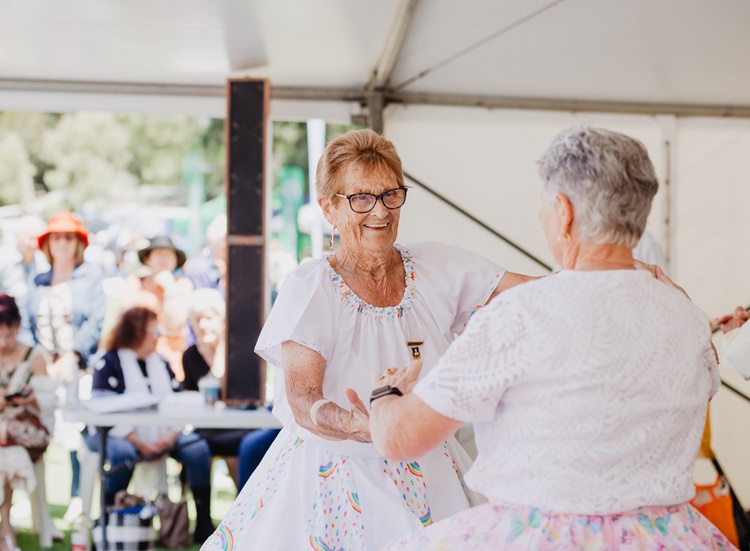
Falling is the leading cause of injury in people aged 65 years and over. Falling can cause injury, pain, loss of confidence, and fear of falling (anzfallsprevention 2023). These factors in turn can reduce activity levels, quality of life and independence.
Almost 75% of people report slips, trips, and loss of balance as the cause of their fall (AIHW 2022). The good news is that these factors can be dramatically improved. Strength, flexibility, balance, and reaction time are the easiest risk factors to address (ESSA 2023).
Falling is the leading cause of injury in people aged 65 years and over. Falling can cause injury, pain, loss of confidence, and fear of falling (anzfallsprevention 2023). These factors in turn can reduce activity levels, quality of life and independence.
Almost 75% of people report slips, trips, and loss of balance as the cause of their fall (AIHW 2022). The good news is that these factors can be dramatically improved. Strength, flexibility, balance, and reaction time are the easiest risk factors to address (ESSA 2023).
Read less...
Being at risk, does not mean you will have a fall. If you have one or more of the following risk factors, you can take action to address them (Healthdirect 2021). Take extra care when
completing certain tasks too. The risk factors for falls include:
Being at risk, does not mean you will have a fall. If you have one or more of the following risk factors, you can take action to address them (Healthdirect 2021). Take extra care when
completing certain tasks too. The risk factors for falls include:
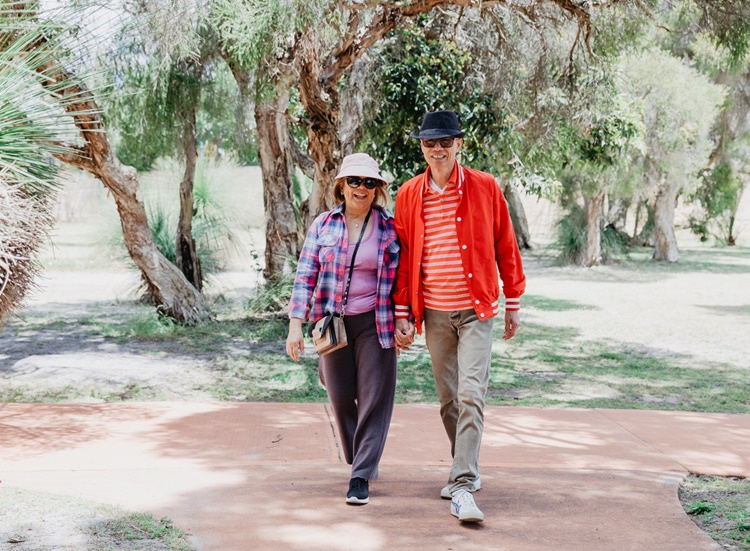
Your risk of falling can be significantly reduced by:
Your risk of falling can be significantly reduced by:
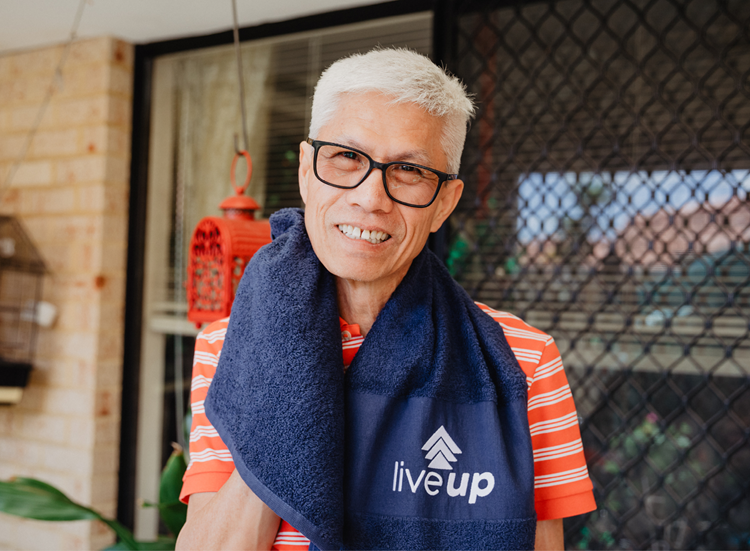
Exercise can prevent falls in older people by decreasing many risk factors. Some of the benefits of exercise include:
Exercise can prevent falls in older people by decreasing many risk factors. Some of the benefits of exercise include:
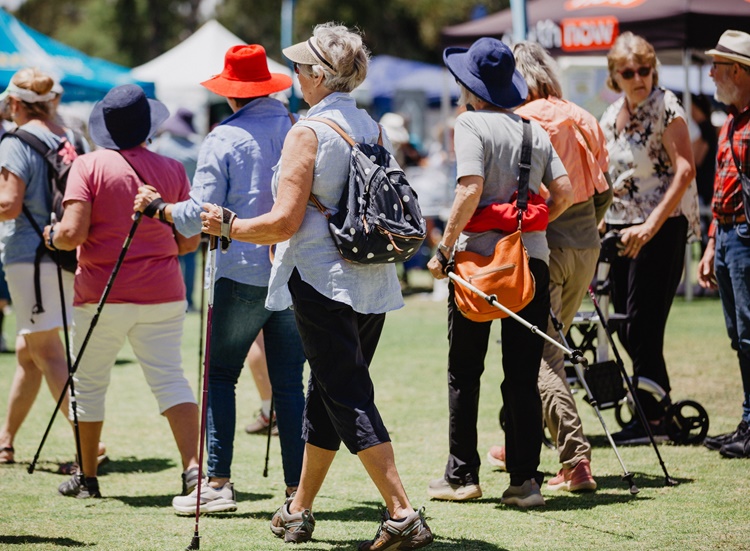
Getting older could mean that even the thought of exercising is challenging. You might not know the safest way to start a new routine. You might worry about your body or your balance. You might be living with pain or a chronic condition.
There are lots of ways to address these concerns so that you can feel the benefit of regular exercise.
Speak to your doctor for exercise advice. Visit an allied health professional for guidance and support. Join a condition specific exercise class. Take advantage of local community groups. Try some low-risk exercises at home. You'll be surprised how quickly you notice an improvement!
Getting older could mean that even the thought of exercising is challenging. You might not know the safest way to start a new routine. You might worry about your body or your balance. You might be living with pain or a chronic condition.
There are lots of ways to address these concerns so that you can feel the benefit of regular exercise.
Speak to your doctor for exercise advice. Visit an allied health professional for guidance and support. Join a condition specific exercise class. Take advantage of local community groups. Try some low-risk exercises at home. You'll be surprised how quickly you notice an improvement!
Read less...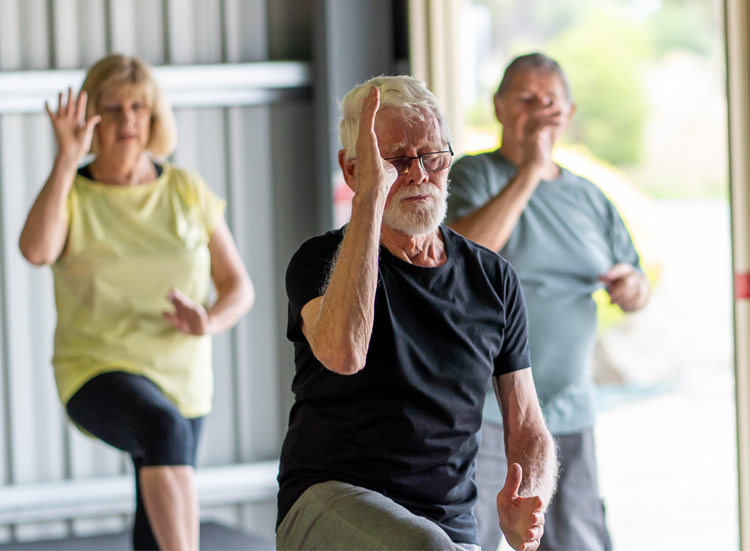
Balancing exercises are very important for falls prevention. It's also important to practice strengthening exercises. These improve muscle stability, which is key for good balance.
Regular, ongoing practice is the most effective. Try a safe routine that gradually becomes more challenging over time. Some examples of falls prevention exercises include:
Balancing exercises are very important for falls prevention. It's also important to practice strengthening exercises. These improve muscle stability, which is key for good balance.
Regular, ongoing practice is the most effective. Try a safe routine that gradually becomes more challenging over time. Some examples of falls prevention exercises include:
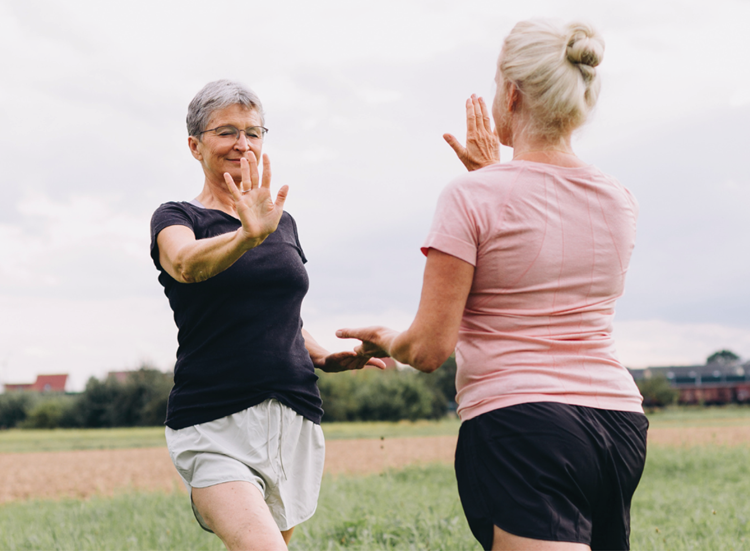
Tai Chi is also shown to improve balance. In a large scientific review, Tai Chi was found to successfully prevent falls and decrease the rate of falls in older people (BMJ 2017). Tai Chi becomes more effective for falls prevention with increased practice.
Falls are preventable no matter your age. By exercising regularly, strength, mobility, and balance can improve even after having a fall. Here are some helpful tips for practising falls prevention exercises:
Tai Chi is also shown to improve balance. In a large scientific review, Tai Chi was found to successfully prevent falls and decrease the rate of falls in older people (BMJ 2017). Tai Chi becomes more effective for falls prevention with increased practice.
Falls are preventable no matter your age. By exercising regularly, strength, mobility, and balance can improve even after having a fall. Here are some helpful tips for practising falls prevention exercises:

You could try:
You could try:
Read less...
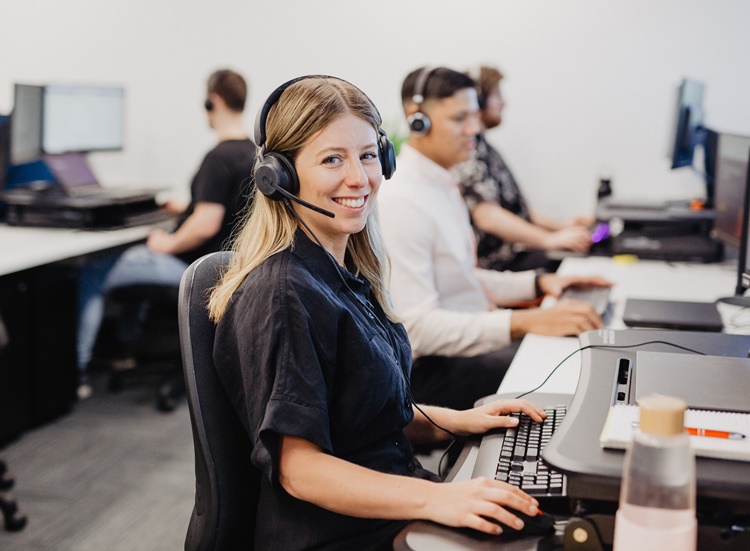
If you'd like to read more about falls prevention click on these links:
Want to learn more about healthy ageing? Try another article in the series by choosing from the titles below. Just click the link to start reading:
If you'd like to read more about falls prevention click on these links:
Want to learn more about healthy ageing? Try another article in the series by choosing from the titles below. Just click the link to start reading:
Read less...Take our easy OpenUp quiz to get personalised advice and see suggested products, services and support in your local area or online.
Let's go!